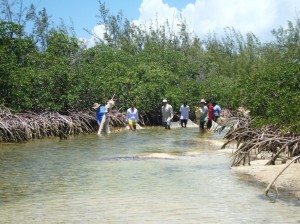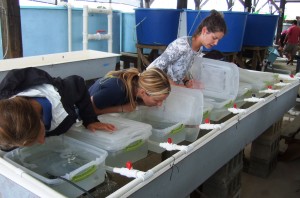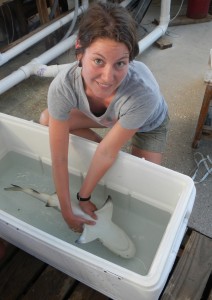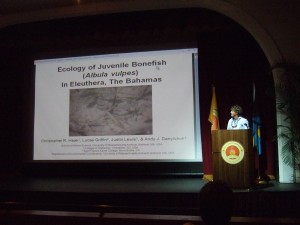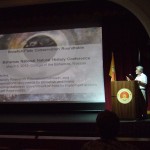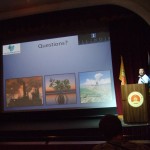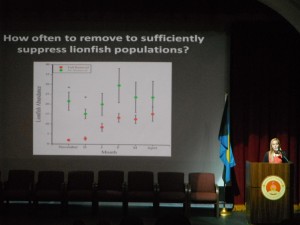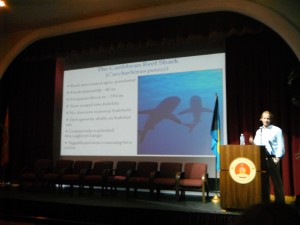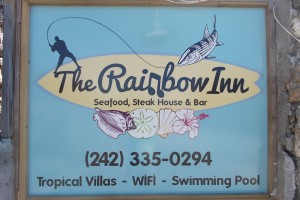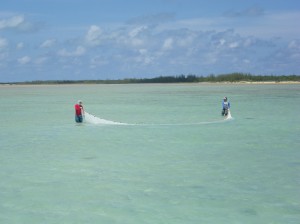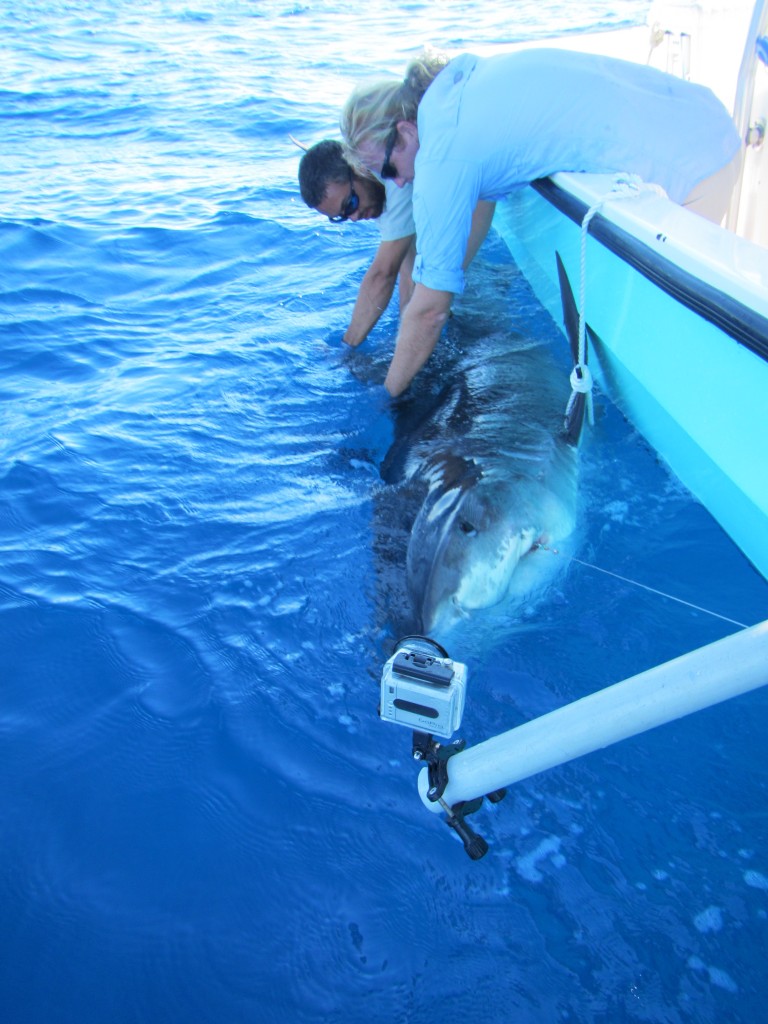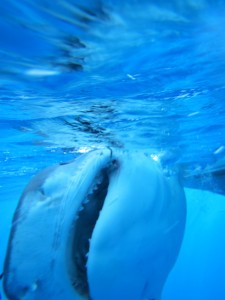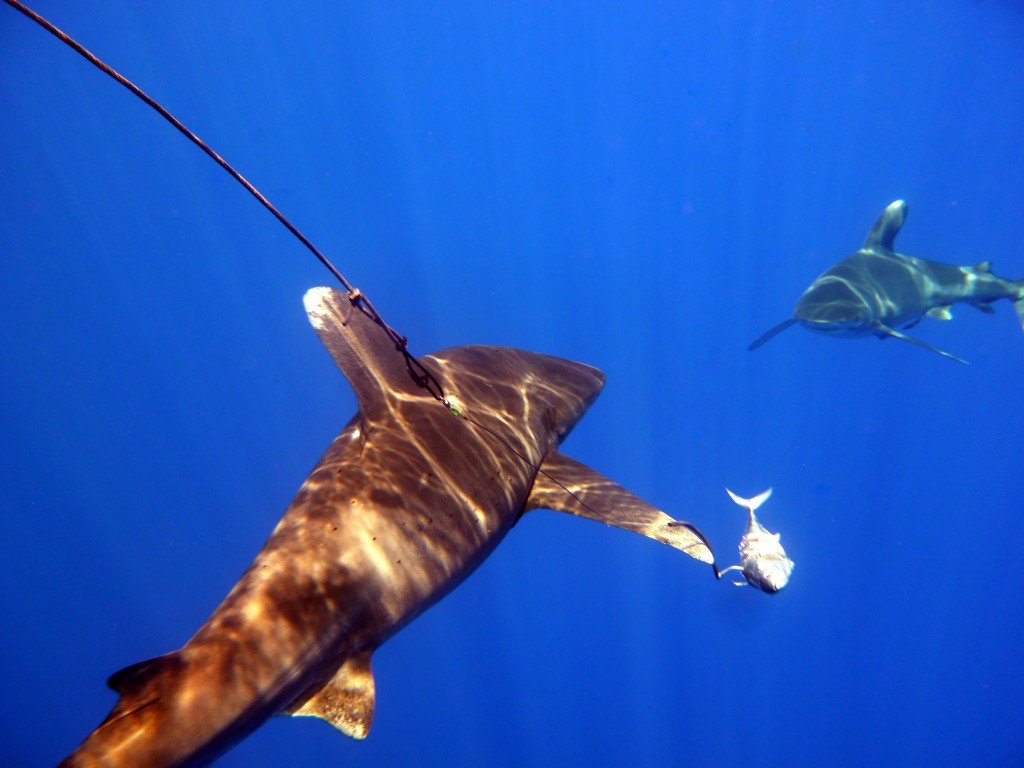Call for marine ecology, sustainable food production, and renewable energy-related intern applicants!
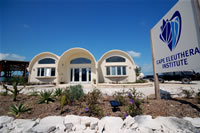 Interested in gaining experience in the marine sciences? Perhaps sustainable living and food production? Please note the approaching application deadlines:
Interested in gaining experience in the marine sciences? Perhaps sustainable living and food production? Please note the approaching application deadlines:
Summer 2013 intern application deadline: April 1, 2013
Fall 2013 intern application deadline: May 1, 2013
The Cape Eleuthera Institute, The Bahamas, is accepting intern applications for the following research programs: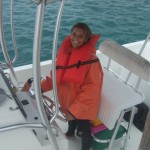
Flats Ecology and Conservation Program
Queen Conch Ecology and Conservation Program
Shark Research and Conservation Program
Open Ocean Aquaculture
Aquaponics and Permaculture
Lionfish Research and Educational Outreach Program
Engineering and Sustainable Systems
Biodigestion and Sustainable Development
Visit http://ceibahamas.org/internships.aspx for internship descriptions and instructions for applying.
